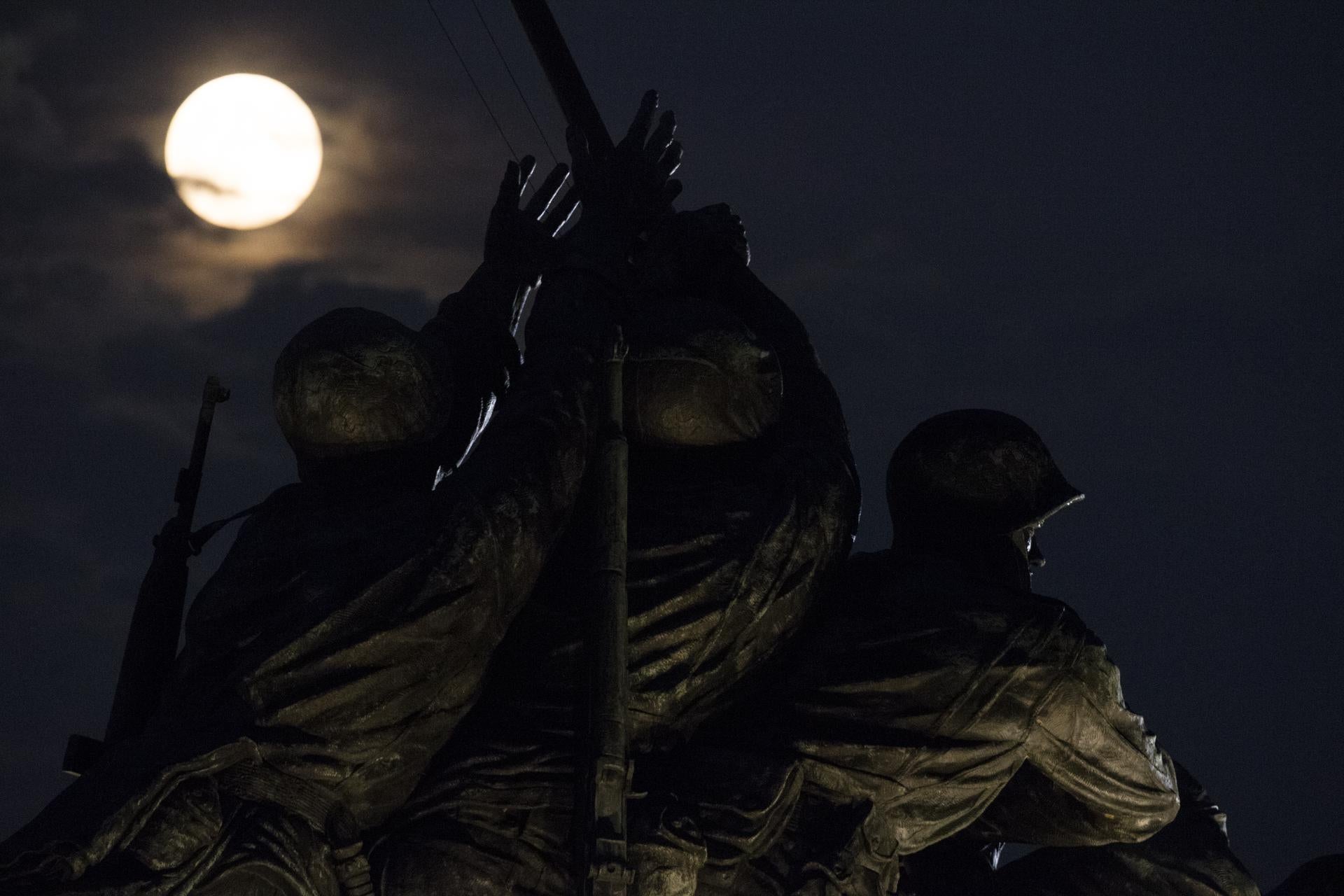When to view the Sturgeon “Super Moon” Thursday night
The full Moon Thursday night will be the third closest the Moon has been to Earth while full in 2022.

Your support helps us to tell the story
From reproductive rights to climate change to Big Tech, The Independent is on the ground when the story is developing. Whether it's investigating the financials of Elon Musk's pro-Trump PAC or producing our latest documentary, 'The A Word', which shines a light on the American women fighting for reproductive rights, we know how important it is to parse out the facts from the messaging.
At such a critical moment in US history, we need reporters on the ground. Your donation allows us to keep sending journalists to speak to both sides of the story.
The Independent is trusted by Americans across the entire political spectrum. And unlike many other quality news outlets, we choose not to lock Americans out of our reporting and analysis with paywalls. We believe quality journalism should be available to everyone, paid for by those who can afford it.
Your support makes all the difference.Thursday evening will treat sky watchers to a bright full moon, and the last “Super Moon” of 2022.
Known as the Sturgeon Moon by native North American tribes, the August full is also known as the Nikini Poya in Sri Lanka, and will reach fullness at 9.36pm EDT Thursday evening for observers West of Cape Verde, according to a Nasa blog on the full Moon. The full Moon will appear on Friday for those east of the Cape Verde time zone.
In addition to being a full Moon, the Sturgeon Moon is also a marginal Super Moon, meaning it will appear somewhat brighter than other full moons. A Super Moon occurs when a full moon coincides with the moon’s perigee, or closest approach to Earth in its elliptical orbit around our planet, according to Nasa, and a Super Moon can appear 14 to 30 percent bright than a full moon at when the moon is the furthest distance from Earth along its orbit.
Thursday’s full moon is a partial Super Moon because the moon actually reached perigee on Wednesday. And given that the moon’s orbit varies in how close it comes to Earth at perigee, the Sturgeon Super Moon will also be the third closest Super Moon of 2022.
The term Super Moon is actually of non-scientific origins, having originally been coined by an astrologer, not an astronomer, according to Nasa.
Considerations of Super Moons aside, the moon will appear full into Saturday evening, which will crowd out another celestial light show: The annual Perseids meteor shower.
The Perseids are considered one of the best meteor showers of the year, bringing as many as 100 shooting stars per hour during its peak. Unfortunately, this year the Perseids will peak on Friday and Saturday when the still bright light of the Sturgeon Moon will make them harder to see.
But Nasa suggests not all is lost: The very brightest Perseids may still show up after midnight if you watch the sky away from the moon, and the shower itself will continue, albeit with less frequency, through 1 September.
Join our commenting forum
Join thought-provoking conversations, follow other Independent readers and see their replies
Comments